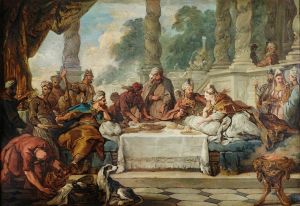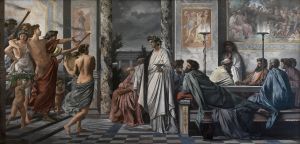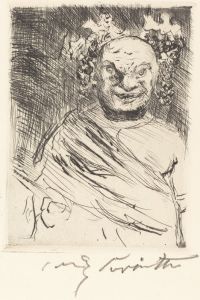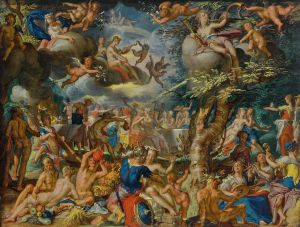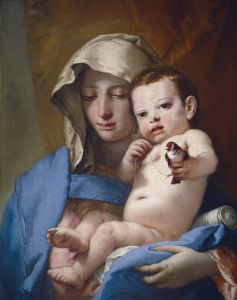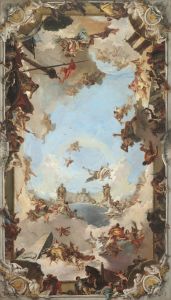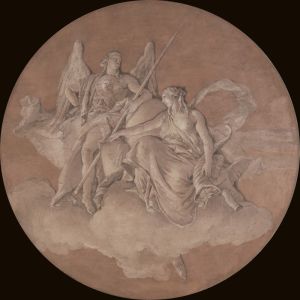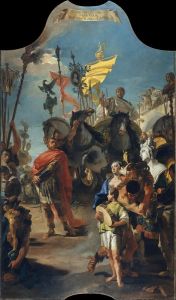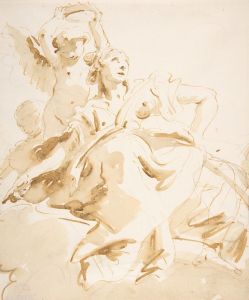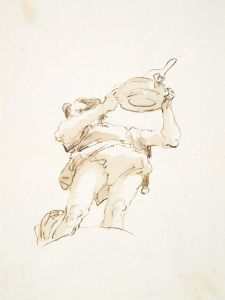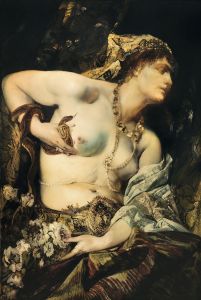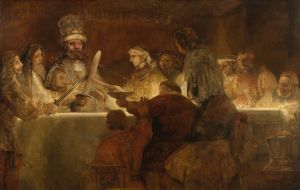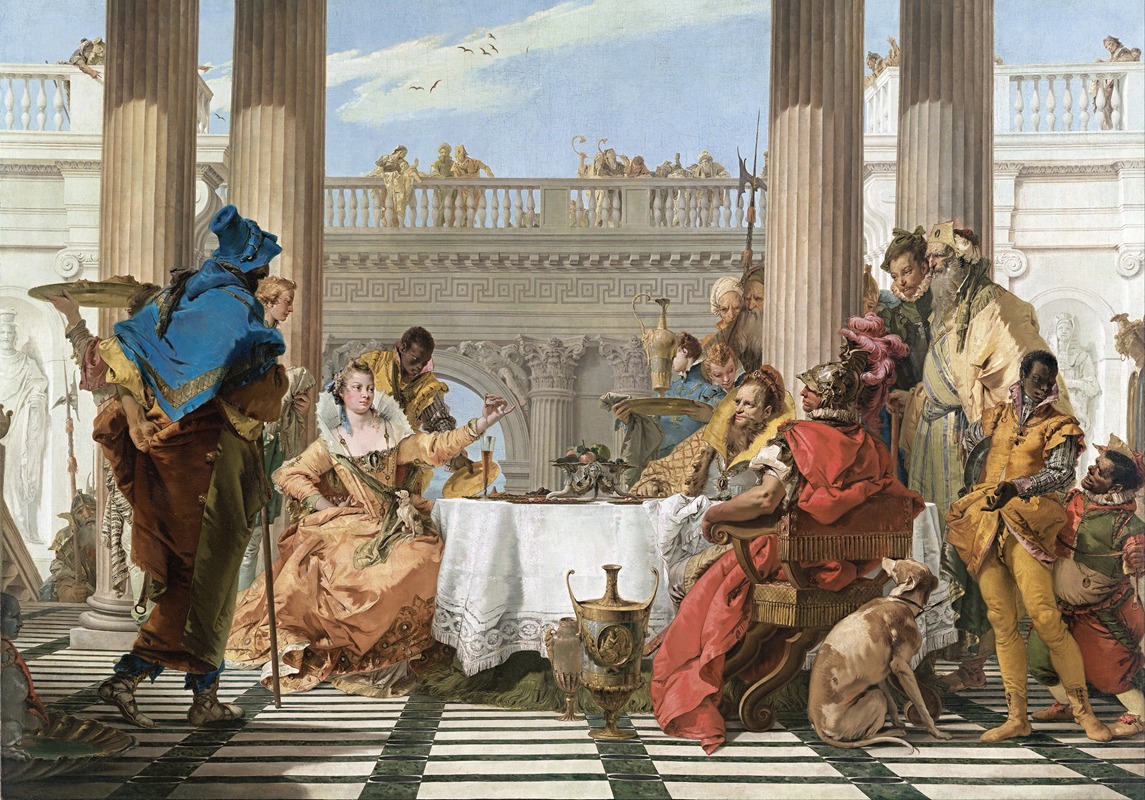
The Banquet Of Cleopatra
A hand-painted replica of Giovanni Battista Tiepolo’s masterpiece The Banquet Of Cleopatra, meticulously crafted by professional artists to capture the true essence of the original. Each piece is created with museum-quality canvas and rare mineral pigments, carefully painted by experienced artists with delicate brushstrokes and rich, layered colors to perfectly recreate the texture of the original artwork. Unlike machine-printed reproductions, this hand-painted version brings the painting to life, infused with the artist’s emotions and skill in every stroke. Whether for personal collection or home decoration, it instantly elevates the artistic atmosphere of any space.
The Banquet of Cleopatra is a renowned painting by the Italian artist Giovanni Battista Tiepolo, completed in 1743–1744. Tiepolo, a prominent figure of the Venetian Rococo period, was celebrated for his grand historical and mythological compositions, and this work is considered one of his masterpieces. The painting is currently housed in the National Gallery of Victoria in Melbourne, Australia.
The artwork depicts a famous episode from ancient Roman history, as recounted by Pliny the Elder in his Natural History. The scene illustrates the legendary banquet hosted by Cleopatra VII, the last active ruler of the Ptolemaic Kingdom of Egypt, and her Roman guest, Mark Antony. According to the story, Cleopatra sought to demonstrate her immense wealth and power by dissolving one of her priceless pearls in a cup of vinegar and drinking it. This act was intended to win a wager with Antony, proving that she could spend a fortune on a single meal.
Tiepolo's painting captures the dramatic moment when Cleopatra drops the pearl into the goblet, with Mark Antony observing in astonishment. The composition is marked by its theatricality, a hallmark of Tiepolo's style, and features a dynamic arrangement of figures, luxurious costumes, and opulent surroundings. The artist's use of vibrant colors, dramatic lighting, and intricate details enhances the sense of grandeur and spectacle.
The figures in the painting are arranged in a semi-circular composition, drawing the viewer's eye toward Cleopatra, who is seated at the center of the scene. Her calm and composed demeanor contrasts with the reactions of the other figures, who display varying degrees of surprise and curiosity. The setting is richly decorated, with classical architectural elements, elaborate drapery, and sumptuous tableware, reflecting the wealth and sophistication of the characters.
Tiepolo's mastery of perspective and his ability to convey texture and light are evident in this work. The painting exemplifies the artist's skill in blending historical narrative with artistic imagination, creating a visually stunning and engaging depiction of a legendary event.
The Banquet of Cleopatra was commissioned by the Venetian nobleman Giovanni II Corner for his family palace. It was later acquired by the National Gallery of Victoria in 1933, where it remains a highlight of the museum's collection. The painting is celebrated not only for its artistic merit but also for its ability to bring a historical tale to life with drama and elegance.





